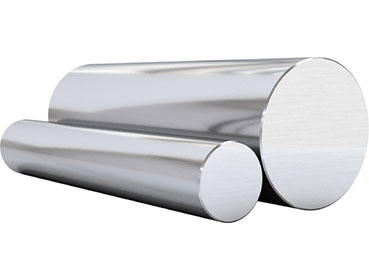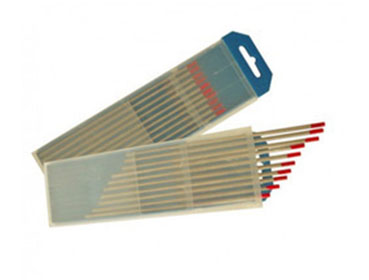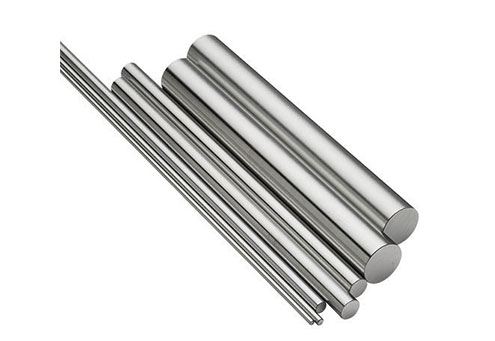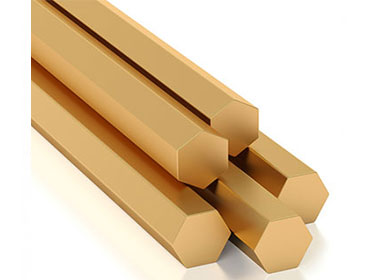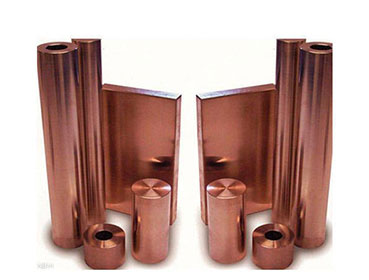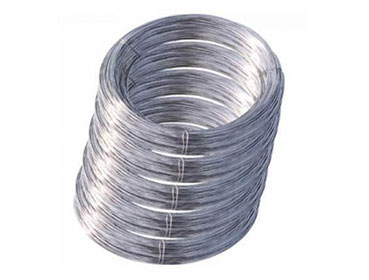Rods
What Are Rods?
Stainless Steel Wire Rods
Materials for Rods
Types of Rods
Ferrous metal rods
Nonferrous metal rods
Mechanical Properties Of Rods
Tensile strength | or ultimate tensile strength (UTS) at break is the maximum amount of stress (force per unit area) required from stretching or pulling to fail (necking) or break the material under tension-loading test conditions. It is an intensive property and therefore does not depend on size, but is affected by surface defects and the temperature of the environment. This property is primarily used in the design of brittle members where breakage of a material from stretching is a concern. |
Yield strength | is the maximum amount of stress (force per unit area) required to deform or impart permanent plastic deformation (typically of 0.2%) in the material under tension-loading test conditions. The yield point occurs when elastic (linear) stress-strain behavior changes to plastic (non-linear) behavior. Ductile materials typically deviate from Hooke’s law or linear behavior at some higher stress level. Knowledge of the yield point is vital when designing a component since it generally represents an upper limit to the load that can be applied.
|
Elongation | is the percent amount of deformation that occurs during a tensile test or other mechanical test. Ductile materials will be more inclined to deform than to break. Designs that require metal parts to fit and maintain a fixed shape under stress should consider the part’s elongation properties.
|
Tensile modulus | or Young’s modulus is a material constant that indicates the variation in strain produced under an applied tensile load. Materials with a higher modulus of elasticity have higher stiffness or rigidity. It is important to consider the testing conditions under which the properties of a material have been found. Operating conditions that differ from the testing environment may have adverse effects on a material’s properties. |


